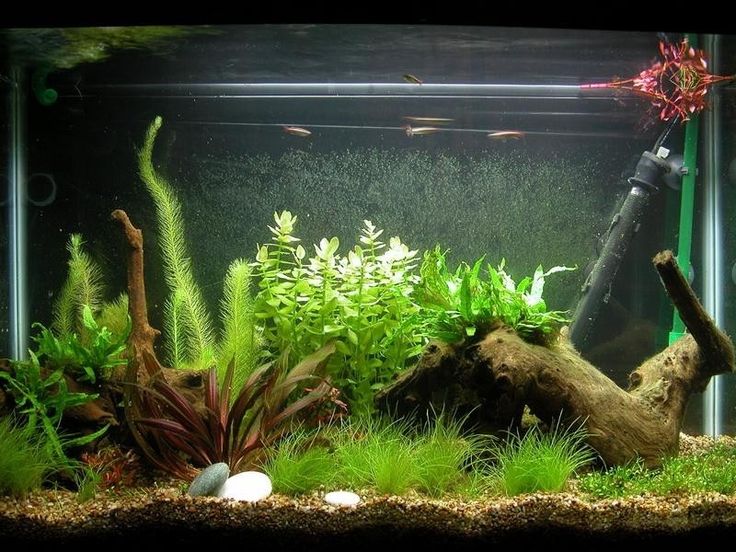Maximizing Efficiency in Demolition: Techniques That Lower Unit Prices
Manual demolition involves systematically dismantling the structure piece-by-piece using hand-held tools. This is an affordable option for areas where heavy machinery cannot access the site safely or is at possibility of causing damage to nearby structures.
Implosion requires specialist knowledge and extensive planning, making it more expensive than other demolition methods. It also allows for a high level of control over the demolition process, and also helps reduce environmental impacts.
Different types of demolition techniques
There are many different types of demolishment techniques. The price of demolition could depend on the decision you make. A professional demolition contractor will suggest the best method for your project.
The removal of old structures is required to make room for the construction of new structures. It is a long and complicated process. It requires meticulous planning and attention to the smallest details. The building’s type as well as its location and other aspects can all impact the cost.
There are many different ways for tearing down a building including wrecking balls as well as hydraulic equipment bao gia pha do nha tai quan 5. These techniques can be efficient in buildings constructed of steel or concrete. However, they are difficult to use on large structures with difficult-to-access areas. Another option is to use explosives, which are able to quickly and completely destroy a structure. This method can be used to demolish historic structures or buildings that can’t be damaged. This method is expensive. It also requires extensive safety measures and a thorough risk assessment.
Mechanical Demolition Costs Mechanical Costs of Demolition
If you require precision for an historic preservation project or efficiency during a massive demolition, or sustainability through recycling of materials, there are demolition methods to meet your needs. You can make an informed choice about the most efficient demolition technique to use for your project by knowing the difference between manual and mechanical techniques.
Mechanical demolition involves using heavy machinery like excavators to dismantle structures. This process is faster than manual methods, and it’s generally more affordable because the labor costs are less. This method is safer as the workers are kept away from potential hazards and debris. Mechanical demolition may generate more noise and dust compared to manual methods. This could create environmental problems. Furthermore, it may not be suitable for delicate locations, since it may harm nearby structures or cause sudden structural instability.
Factors Affecting Demolition Pricing
The cost of demolition is affected by a variety of variables. Understanding these factors can assist you in establishing a budget and plan for your project. These include the size of the structure, square footage, equipment and materials, labor, site preparation permits, disposal and much more.
The kind of material the building is constructed from will also impact demolition costs. Demolishing a wood-framed building will cost more than one made primarily from concrete or bricks. Costs for demolition may also be higher if a building is filled with hazardous substances that have to be eliminated and destroyed properly.
The condition of the structure is also a factor in the demolition costs. The buildings that are in good condition can be demolished more easily and for less money as they do not require any extensive support or shoring measures. If a building is in structural problems or extensive damage may require additional shoring in order to ensure that it doesn’t the building from falling during demolition. In addition, demolition fees may be higher when the contractor has to get any permits needed or abides by local environmental rules.
Cost of Implosion and Mechanical Demolition Mechanical Demolition
The implosion method is a highly controlled demolition procedure that involves strategically weakening or eliminating specific support structures inside the building so that the structure collapses inside instead of outward. It is an extremely popular option for the demolition of massive, robust structures which need to be destroyed quickly and effectively. It requires a great deal of knowledge and planning in order to make sure that the building is taken care of without causing damage or injury to bystanders. There is also the possibility of flying debris, so the area where the implosion is taking place needs to be completely evacuated.
The process of mechanical demolition requires the use of heavy machines and tools in order to take structures out of the site. This type of demolition is typically more cost-effective than other methods, but it may take longer to complete and require more preparation. It can also cause environmental impacts due to the use of heavy equipment.
Deconstruction, also known as selective demolition, involves dismantling an entire building, piece by piece in the hope of reusing materials. The method is environmentally green and helps to reduce disposal costs.
Selective Demolition
Selective demolition is an increasingly popular technique of building for remodels in the current eco-conscious age. Contractors can take out certain elements of a building while maintaining other elements that add to the value of the building and its history. It also helps reduce environmental and waste generated both during and after the construction.
A thorough assessment is conducted to determine salvageable material, structural risks and other problems. After the evaluation is completed, a detailed plan is drafted to guide the demolition process.
Electrical and plumbing professionals should turn off the power prior to removing construction elements using demolition equipment. They should also cover any open pipes and install temporary lighting to improve visibility. This ensures that the job is completed safely and without jeopardizing the strength of the other structures.
The process of selective demolition can, in addition to reducing noise and debris, can also lower costs due to the reuse or recycling of parts. This is a cost-effective alternative to conventional methods of commercial renovations. While it has many advantages, barriers to adoption exist. These include resistance to change, a perception of technical complexity, and fears about safety and compliance. Education, open communication and incentives can assist in overcoming these challenges.


